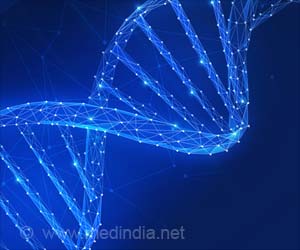California Institute of Technology (Caltech) have created a molecular computer that can run calculations inside a living cell.
Researchers at the California Institute of Technology (Caltech) have created a molecular computer that can run calculations inside a living cell.
Project leaders Maung Nyan Win and Christina Smolke have revealed that, so far, they have tested the living computer on a living yeast cell.The researchers believe that future models of the computer, made from the DNA-like molecule RNA, may be helpful in running calculations inside human cells to release drugs, or prime the immune system, at the first hint of illness.
They have revealed that the RNA device processes input signals in the form of natural cell proteins and produces an output in the form of green fluorescent protein (GFP).
At the computers heart is a ribozyme, a short RNA molecule able to catalyse changes to other molecules, which is attached to an RNA sequence that the cell can translate into GFP, and a third RNA molecule that acts like a trigger for the ribozyme.
The team say that the trigger can be designed to bind to specific molecules inside the cell like proteins or antibiotics.
When it does, the catalytic ribozyme destroys the GFP sequence, and prevents the cell from making any more glowing protein.
Advertisement
Smolke says that multiple NAND gates can be used to write any other logical operation, making them "the most celebrated example of a device enabling universal computation."
Advertisement
Any such success may offer a revolutionary approach to studying and healing biological systems, say the researchers.
According to them, using strings of logic gates, a similar system could combine signals from several different biomarkers to produce more complex responses, for example, cocktails of drugs or hormones.
"This is an important step forward in the field of synthetic biology and in vivo computing," New Scientist magazine quoted Kobi Benenson at Harvard University as saying.
An article describing this work has been published in the journal Science.
Source-ANI
SPH










